Home>Furniture & Design>Bathroom Accessories>How To Remove Toothbrush Bristle From Throat
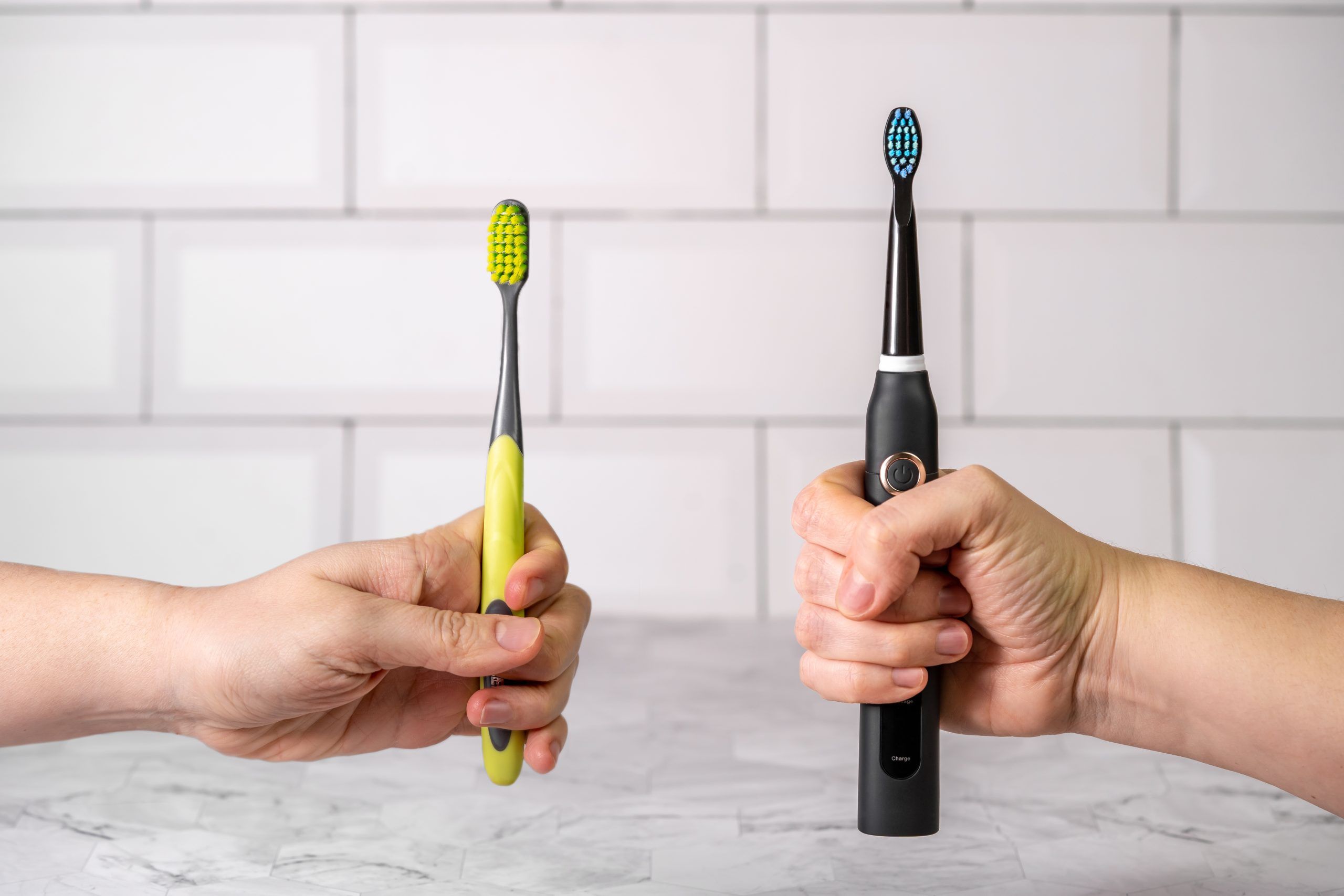

Bathroom Accessories
How To Remove Toothbrush Bristle From Throat
Modified: October 18, 2024
Learn how to safely remove a toothbrush bristle from your throat with our expert tips and advice. Find the best bathroom accessories for a safe and clean environment.
(Many of the links in this article redirect to a specific reviewed product. Your purchase of these products through affiliate links helps to generate commission for Storables.com, at no extra cost. Learn more)
Introduction
Accidents can happen at any time, even during the most routine activities. One such mishap that can occur is swallowing a toothbrush bristle. While it may seem unlikely, it's essential to be aware of the potential risks and know how to handle such a situation. Swallowing a toothbrush bristle can lead to discomfort, pain, and potential health complications if not addressed promptly.
In this article, we will delve into the risks associated with swallowing a toothbrush bristle, the signs and symptoms to watch out for, home remedies that may help dislodge the bristle, and when it's crucial to seek medical assistance. By understanding the potential dangers and knowing how to respond, individuals can be better prepared to handle this unexpected scenario.
Swallowing a toothbrush bristle can be a distressing experience, but with the right knowledge and prompt action, it is possible to address the situation effectively.
Key Takeaways:
- Swallowing a toothbrush bristle can cause throat irritation, digestive tract obstruction, tissue damage, and respiratory complications. Prompt action and medical help are crucial for addressing this unexpected situation effectively.
- Recognizing signs like throat discomfort, pain when swallowing, coughing, hoarseness, and visible distress is essential. Home remedies can offer initial relief, but seeking medical help for persistent symptoms or additional complications is vital.
Read more: How Many Bristles Are In A Toothbrush
Understanding the risk of swallowing toothbrush bristle
Accidentally swallowing a toothbrush bristle can pose various risks and potential complications. The bristles of a toothbrush are typically made of plastic or nylon, and when ingested, they can cause discomfort and lead to health concerns. The potential risks associated with swallowing a toothbrush bristle include:
-
Throat Irritation: The sharp and rigid nature of toothbrush bristles can cause irritation and scratching as they pass through the throat. This can result in discomfort, pain, and difficulty swallowing.
-
Digestive Tract Obstruction: If the bristle moves beyond the throat and into the digestive tract, there is a risk of it causing an obstruction. This can lead to severe abdominal pain, nausea, vomiting, and in some cases, it may require medical intervention to remove the bristle.
-
Tissue Damage: The sharp edges of a toothbrush bristle can potentially cause damage to the delicate tissues of the throat and digestive system, leading to inflammation and potential infection.
-
Respiratory Complications: In rare cases, if the bristle is inhaled into the respiratory system, it can cause coughing, choking, and breathing difficulties. This situation requires immediate medical attention to prevent further complications.
It's important to note that the risks associated with swallowing a toothbrush bristle can vary depending on the size of the bristle, the individual's overall health, and how the body responds to the foreign object. While some individuals may pass the bristle without significant issues, others may experience discomfort and complications that require medical intervention.
Understanding these risks underscores the importance of taking swift and appropriate action if one suspects they have swallowed a toothbrush bristle. By being aware of the potential dangers, individuals can prioritize their well-being and seek the necessary assistance to address the situation effectively.
Signs and symptoms of toothbrush bristle stuck in the throat
When a toothbrush bristle becomes lodged in the throat, it can trigger a range of uncomfortable and concerning signs and symptoms. Recognizing these indicators is crucial in promptly addressing the situation and seeking appropriate medical assistance if necessary. The following are common signs and symptoms that may manifest when a toothbrush bristle is stuck in the throat:
-
Throat Discomfort: Individuals may experience persistent discomfort or a sensation of something being stuck in the throat. This can lead to difficulty swallowing, persistent throat clearing, or a feeling of scratchiness or irritation.
-
Pain or Discomfort when Swallowing: Swallowing may become painful or challenging, particularly when the bristle is lodged in the throat. This can cause discomfort in the throat and chest area, often worsening with attempts to swallow food or liquids.
-
Coughing and Gagging: The presence of a foreign object, such as a toothbrush bristle, can trigger frequent coughing or gagging reflexes as the body attempts to dislodge the bristle from the throat.
-
Hoarseness or Voice Changes: Irritation caused by the bristle can lead to hoarseness or changes in voice quality. This can be a result of the bristle's presence causing inflammation or irritation to the vocal cords or surrounding tissues.
-
Visible Discomfort and Anxiety: Individuals may exhibit signs of visible discomfort, anxiety, or distress, especially if they are aware of or suspect that they have swallowed a toothbrush bristle. This can manifest as restlessness, increased heart rate, or difficulty in calming down.
-
Persistent Throat Irritation: The presence of the bristle can lead to ongoing throat irritation, causing a persistent urge to clear the throat or a feeling of scratchiness that does not subside.
-
Refusal to Eat or Drink: In more severe cases, individuals may refuse to eat or drink due to the discomfort and pain associated with the lodged bristle. This can lead to dehydration and further complications if not addressed promptly.
It's important to note that the severity and combination of these symptoms can vary from person to person, and some individuals may experience additional signs of distress. If any of these symptoms are present and there is a suspicion of a toothbrush bristle being stuck in the throat, it is crucial to seek medical evaluation and assistance to address the situation effectively. Prompt medical attention can help alleviate discomfort, prevent potential complications, and ensure the safe removal of the bristle from the throat.
Home remedies for removing toothbrush bristle from the throat
When faced with the discomfort and concern of a toothbrush bristle stuck in the throat, there are several home remedies that individuals can consider to help dislodge the bristle and alleviate the associated symptoms. It's important to note that these remedies are intended to provide initial relief and should be pursued with caution. If the symptoms persist or worsen, seeking medical attention is crucial to ensure proper evaluation and treatment.
1. Gargling with Warm Salt Water
Gargling with warm salt water can help soothe throat irritation and may assist in dislodging the bristle. The saline solution can help reduce inflammation and provide temporary relief. To prepare the gargle, mix a teaspoon of salt in a glass of warm water and gargle for 30 seconds before spitting it out. This remedy can be repeated several times a day to alleviate discomfort.
Read more: How To Soften Bristles On A Toothbrush
2. Consuming Marshmallow Root Tea
Marshmallow root has been traditionally used to soothe throat irritation and may help ease the discomfort caused by a lodged bristle. Drinking marshmallow root tea, which can be prepared by steeping dried marshmallow root in hot water, may provide a soothing effect on the throat. The mucilage present in marshmallow root is known for its demulcent properties, which can help coat and protect the throat.
3. Utilizing Throat Lozenges or Sprays
Throat lozenges or sprays containing numbing agents or soothing ingredients can provide temporary relief from throat discomfort. These over-the-counter remedies can help alleviate pain and irritation, making it easier to swallow and reducing the sensation of a foreign object in the throat. It's important to use these products according to the manufacturer's instructions.
4. Drinking Warm Liquids
Consuming warm liquids, such as herbal teas or warm water with honey, can help relax the throat muscles and provide relief. The warmth of the liquids can also help soothe irritation and may assist in dislodging the bristle. Additionally, staying hydrated is essential for overall throat health and can aid in the body's natural healing process.
5. Practicing Gentle Swallowing Exercises
Engaging in gentle swallowing exercises, such as swallowing small sips of water or consuming soft foods that are easy to swallow, may help encourage the movement of the bristle and reduce discomfort. It's important to avoid consuming large or solid foods that may exacerbate the sensation of the bristle being stuck.
While these home remedies may offer temporary relief and aid in the potential dislodgment of the toothbrush bristle, it's crucial to monitor the symptoms closely. If the discomfort persists, worsens, or if there are concerns about the bristle's location, seeking prompt medical evaluation is imperative. Healthcare professionals can conduct a thorough assessment, provide appropriate interventions, and ensure the safe removal of the bristle from the throat, minimizing the risk of complications.
Remember, the goal of these home remedies is to provide initial relief and should not replace professional medical care when necessary. Swift and appropriate action, whether through home remedies or medical intervention, is essential in addressing the presence of a toothbrush bristle in the throat effectively.
Read more: What Toothbrush Bristles Are Best
When to seek medical help
While home remedies can provide initial relief, there are instances where seeking prompt medical help is essential when dealing with a toothbrush bristle stuck in the throat. It's crucial to be vigilant and attentive to the symptoms and circumstances that warrant professional evaluation and intervention. Knowing when to seek medical assistance can help ensure the appropriate management of the situation and prevent potential complications.
Persistent or Worsening Symptoms
If the symptoms associated with the presence of a toothbrush bristle in the throat persist or worsen despite attempting home remedies, it is imperative to seek medical attention. Persistent discomfort, difficulty swallowing, or worsening pain may indicate that the bristle is causing ongoing irritation or has become lodged in a manner that requires professional intervention.
Inability to Dislodge the Bristle
If attempts to dislodge the toothbrush bristle using home remedies or gentle swallowing exercises prove ineffective, it is crucial to seek medical evaluation. The inability to remove the bristle through self-care measures may indicate that it is positioned in a way that requires specialized tools or techniques for safe extraction.
Concerns about Respiratory Involvement
In cases where there is a suspicion that the toothbrush bristle has been inhaled and may be affecting the respiratory system, immediate medical attention is paramount. Symptoms such as persistent coughing, wheezing, or difficulty breathing necessitate urgent evaluation to assess and address any potential respiratory complications.
Read more: What Are Toothbrush Bristles Made Of
Severe Discomfort or Pain
If the individual experiences severe discomfort, sharp pain, or a sensation of the bristle causing significant distress, seeking medical help is crucial. Severe pain can indicate tissue damage or obstruction, requiring professional assessment and potential intervention to alleviate the discomfort and ensure the safe removal of the bristle.
Presence of Additional Complications
If the presence of the toothbrush bristle in the throat leads to additional complications such as bleeding, persistent vomiting, or signs of infection, immediate medical attention is necessary. These complications may indicate tissue damage, inflammation, or infection that require medical evaluation and appropriate management.
Unresolved Anxiety or Distress
Persistent anxiety, distress, or concern about the presence of the bristle in the throat should not be overlooked. Seeking medical assistance can provide reassurance, alleviate anxiety, and ensure that the situation is thoroughly evaluated by healthcare professionals.
In any of these scenarios, it is crucial to prioritize seeking medical help to address the presence of a toothbrush bristle in the throat effectively. Healthcare professionals can conduct thorough assessments, utilize specialized tools and techniques for safe removal, and provide appropriate interventions to alleviate discomfort and prevent potential complications.
Remember, swift action and seeking professional medical assistance when necessary are vital in ensuring the well-being and safety of individuals who may have swallowed a toothbrush bristle. Prioritizing prompt medical evaluation can lead to effective management of the situation and minimize the potential risks associated with a foreign object in the throat.
Conclusion
Accidentally swallowing a toothbrush bristle can lead to discomfort, pain, and potential health complications. Understanding the risks, recognizing the signs and symptoms, and knowing when to seek medical help are crucial in effectively addressing this unexpected situation. The potential risks associated with swallowing a toothbrush bristle, including throat irritation, digestive tract obstruction, tissue damage, and respiratory complications, underscore the importance of swift and appropriate action if such an incident occurs.
Recognizing the signs and symptoms of a toothbrush bristle stuck in the throat, such as throat discomfort, pain when swallowing, coughing, hoarseness, and visible distress, is essential for prompt intervention. Home remedies, including gargling with warm salt water, consuming marshmallow root tea, utilizing throat lozenges or sprays, drinking warm liquids, and practicing gentle swallowing exercises, can offer initial relief and aid in dislodging the bristle. However, it is crucial to monitor the symptoms closely and seek medical evaluation if the discomfort persists or worsens.
Knowing when to seek medical help, such as in cases of persistent or worsening symptoms, inability to dislodge the bristle, concerns about respiratory involvement, severe discomfort or pain, presence of additional complications, and unresolved anxiety or distress, is vital in ensuring the appropriate management of the situation and preventing potential complications.
In conclusion, the well-being and safety of individuals who may have swallowed a toothbrush bristle should be prioritized. Swift action, whether through home remedies or medical intervention, is essential in addressing the presence of a toothbrush bristle in the throat effectively. By being informed and proactive, individuals can navigate this unexpected scenario with confidence and ensure that the necessary steps are taken to alleviate discomfort, prevent complications, and promote overall well-being.
Frequently Asked Questions about How To Remove Toothbrush Bristle From Throat
Was this page helpful?
At Storables.com, we guarantee accurate and reliable information. Our content, validated by Expert Board Contributors, is crafted following stringent Editorial Policies. We're committed to providing you with well-researched, expert-backed insights for all your informational needs.
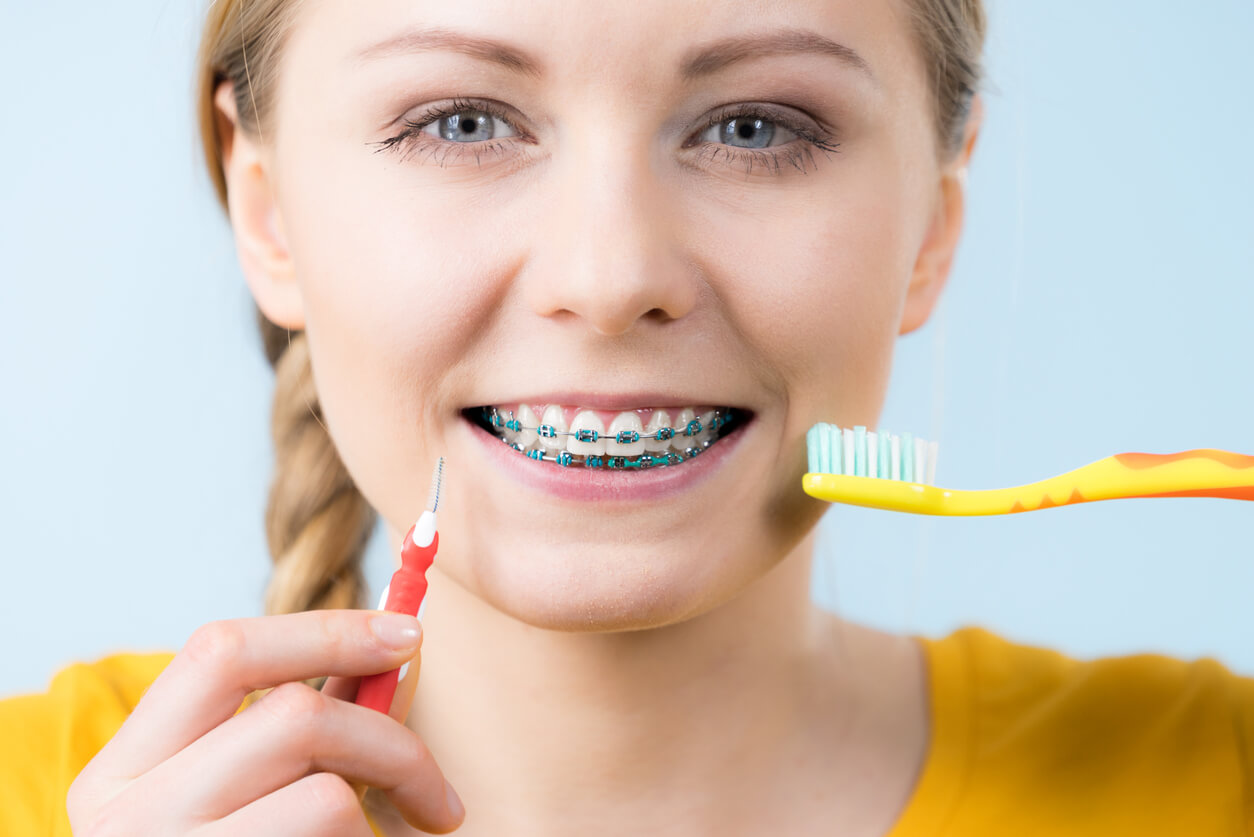
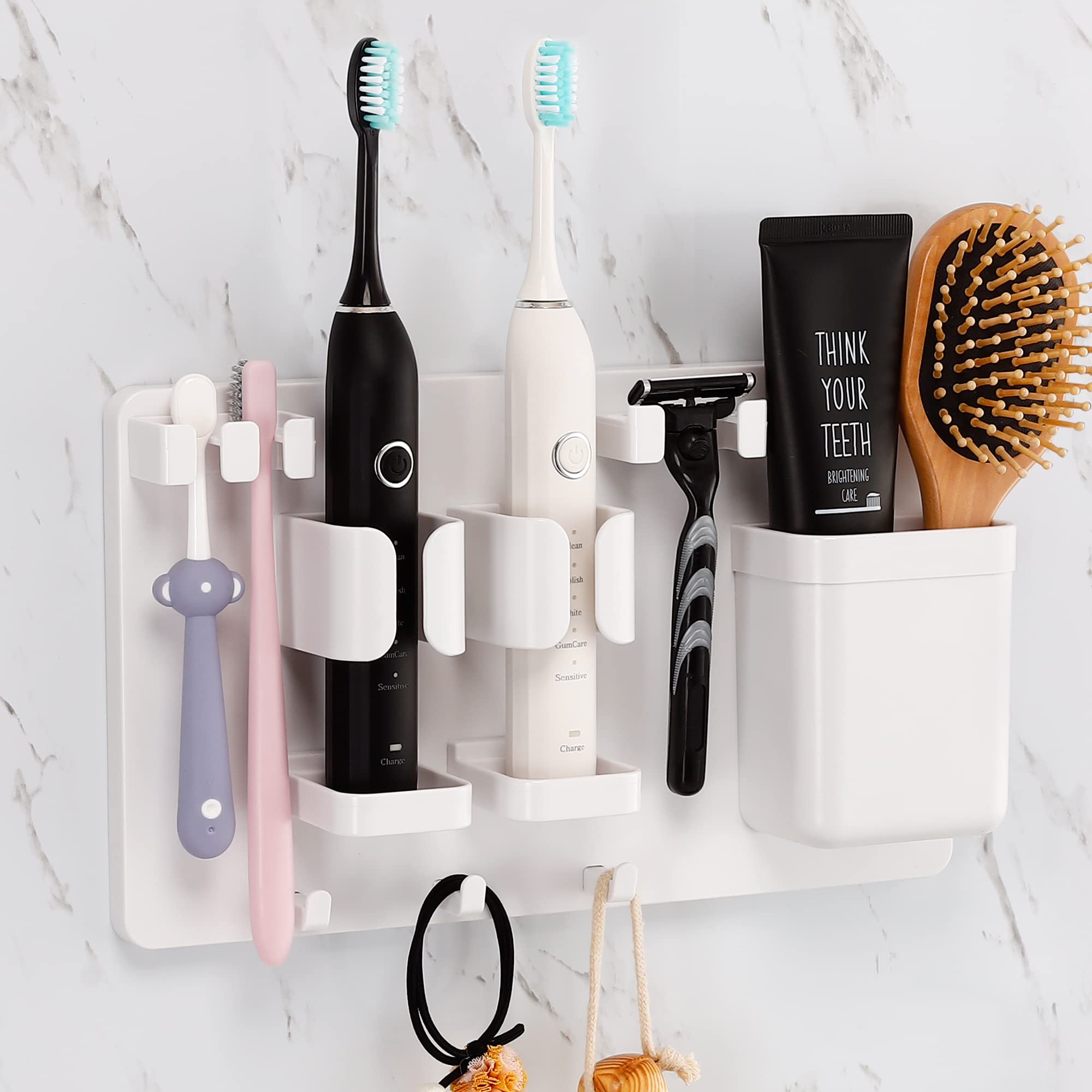


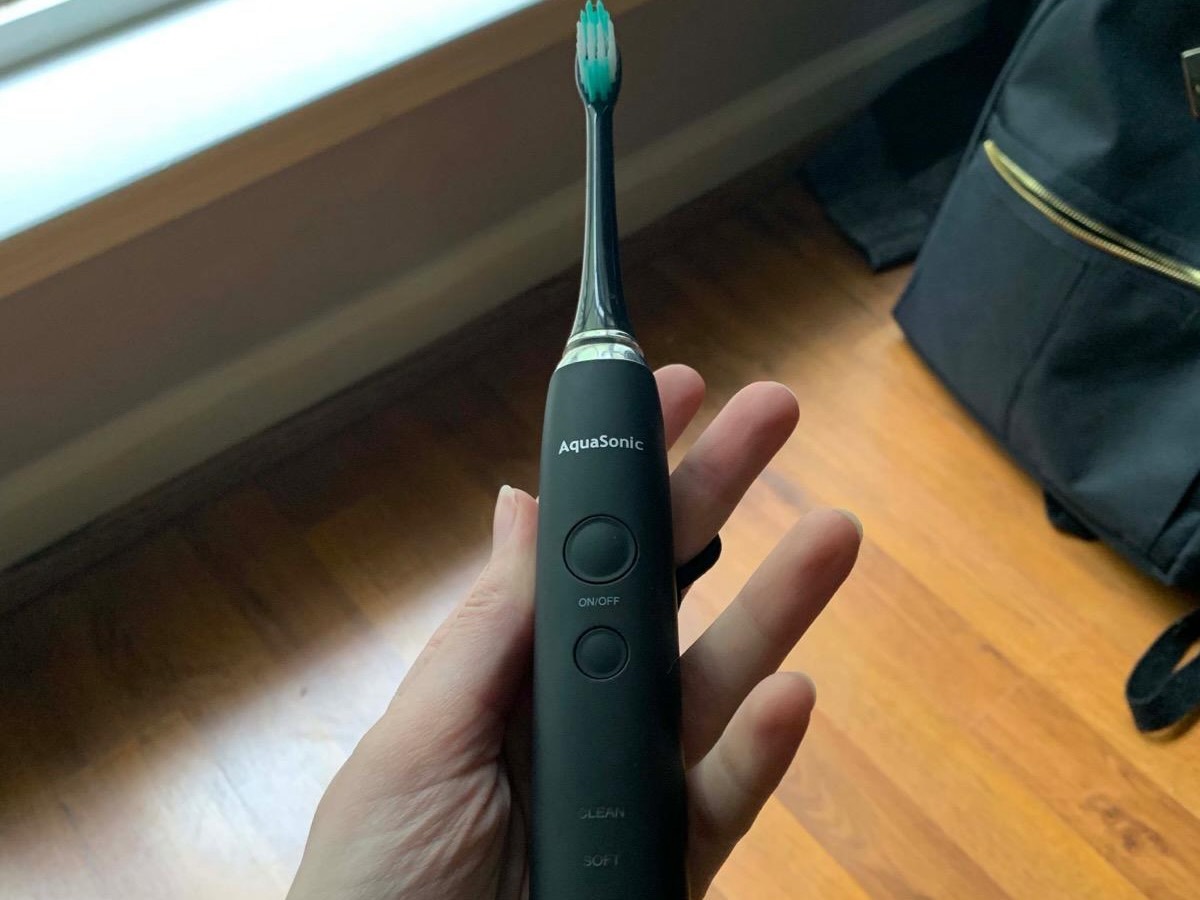
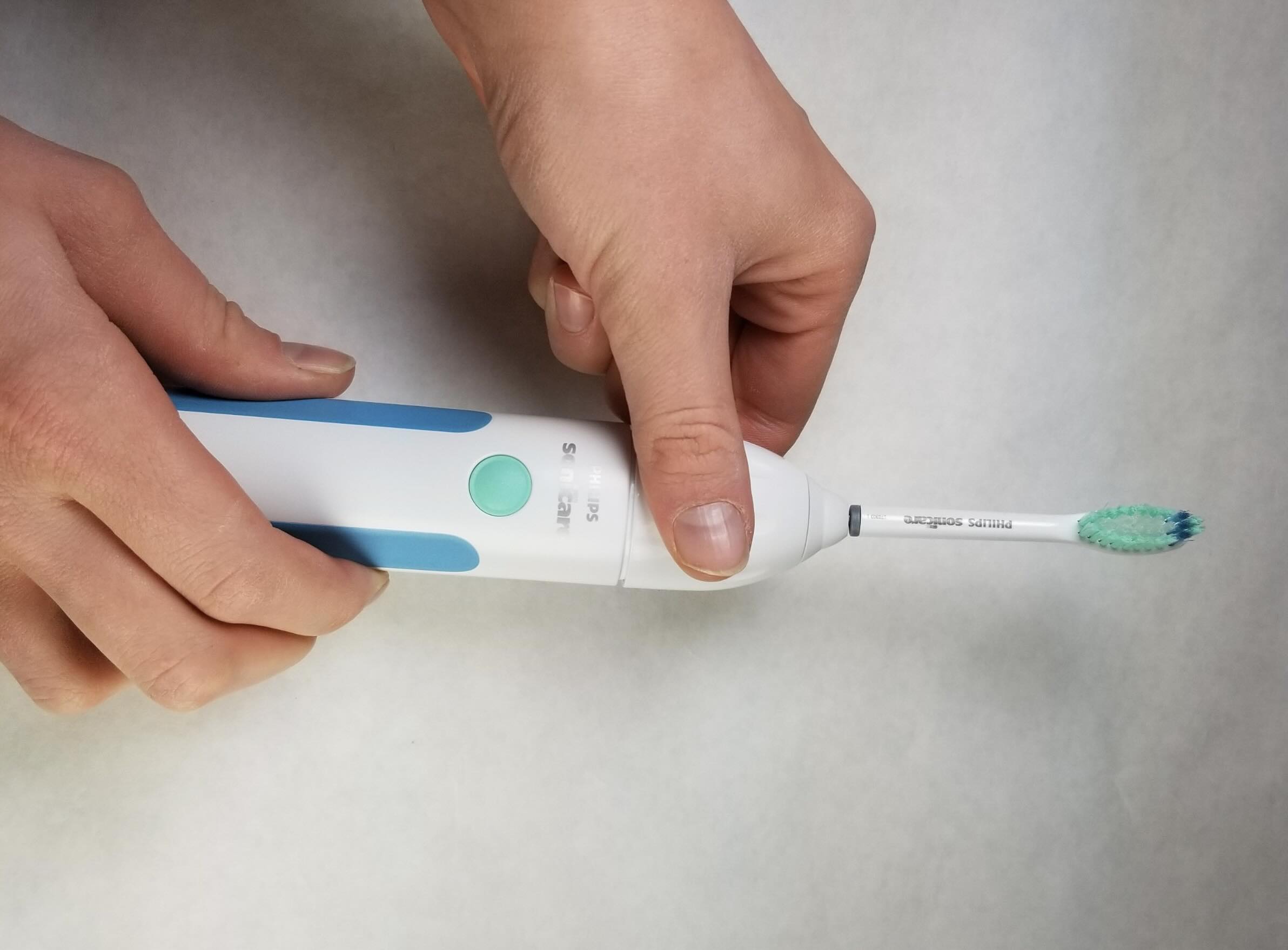
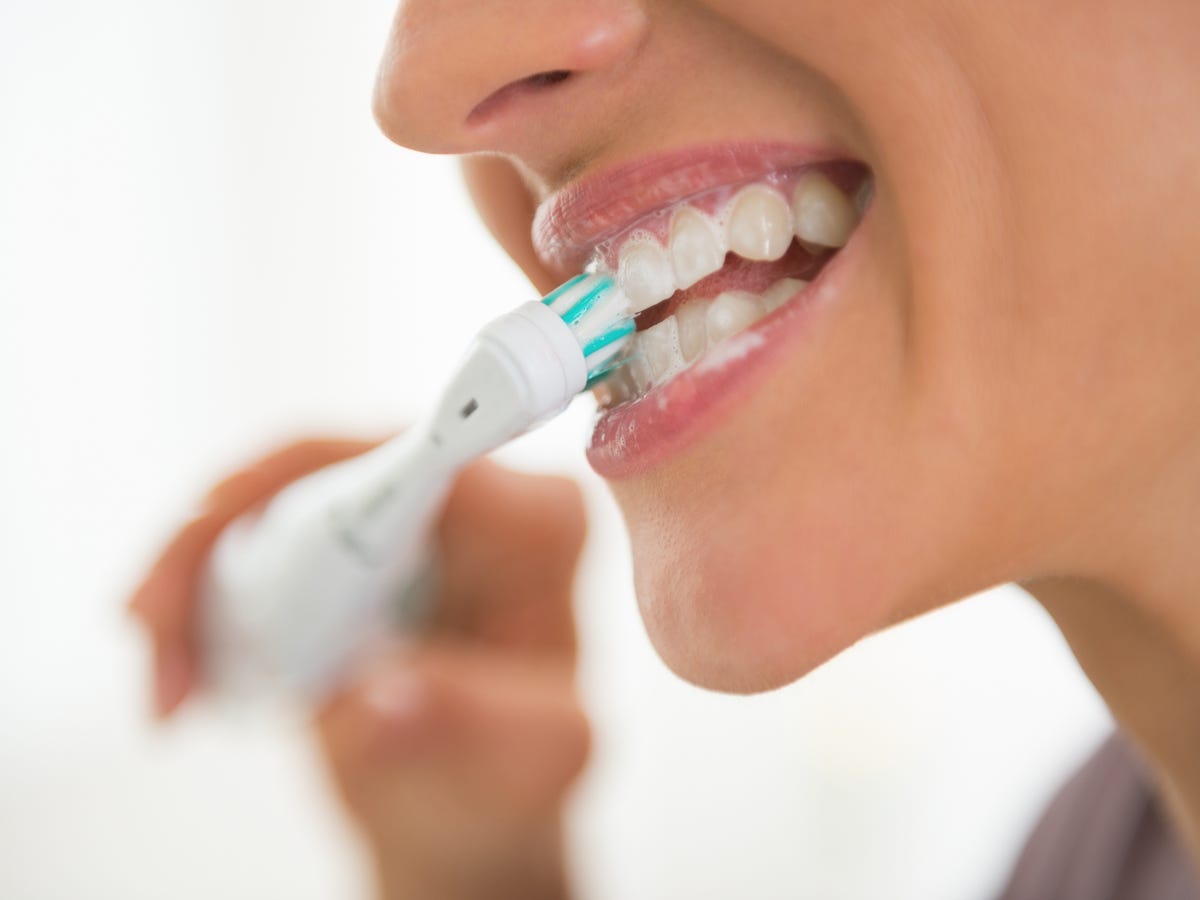
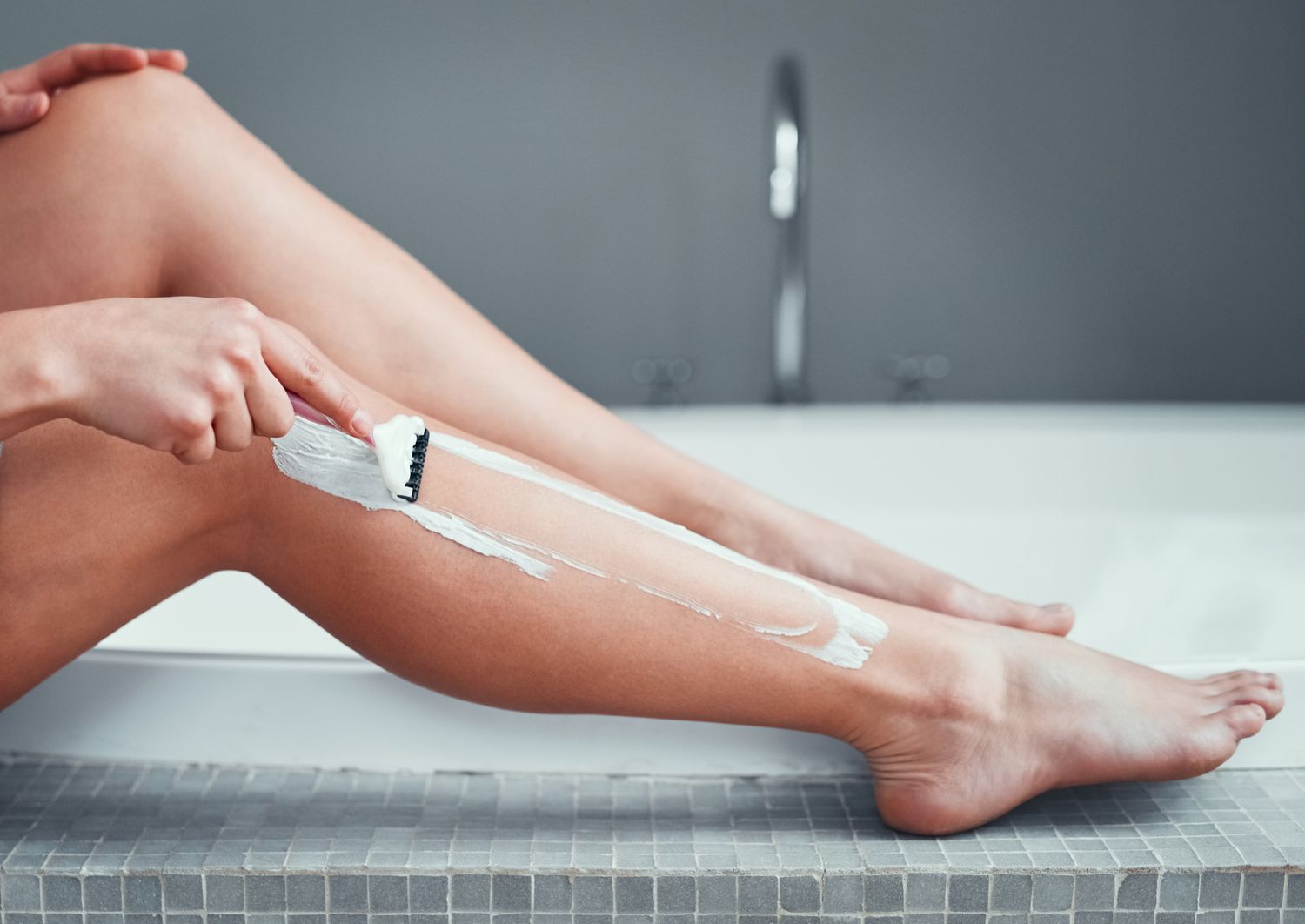
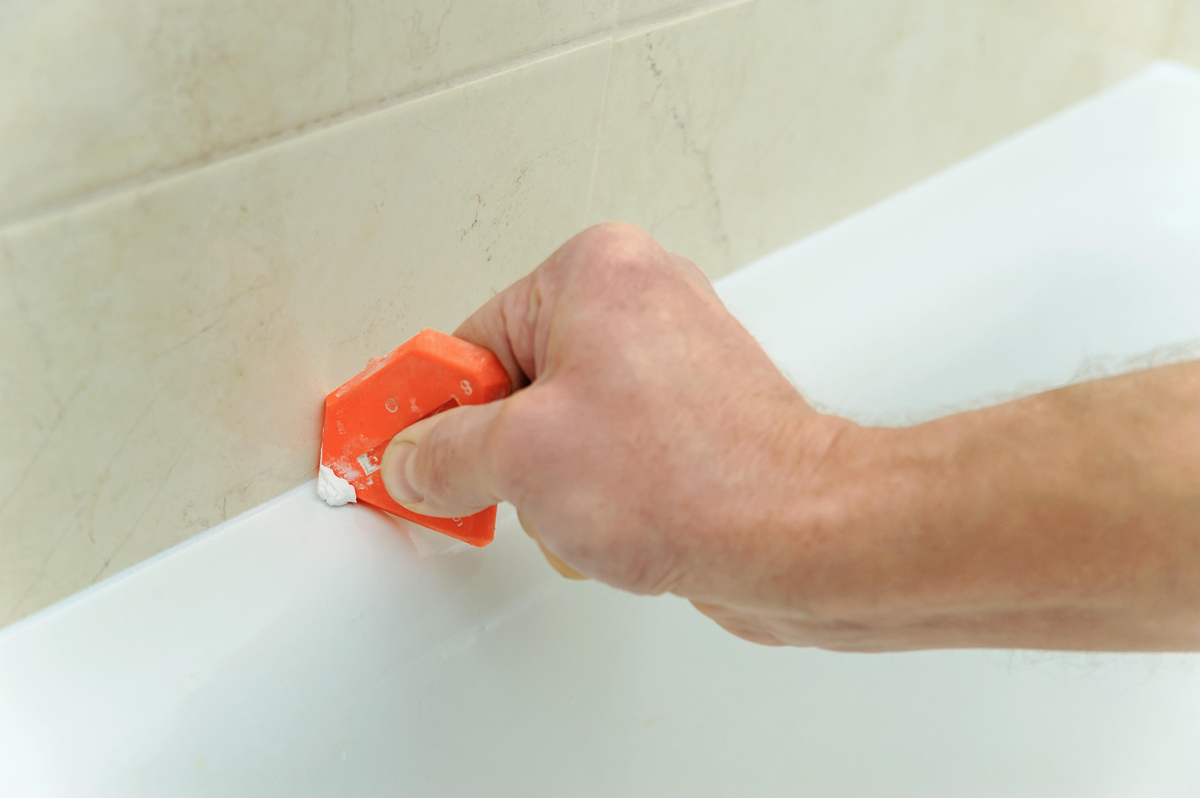
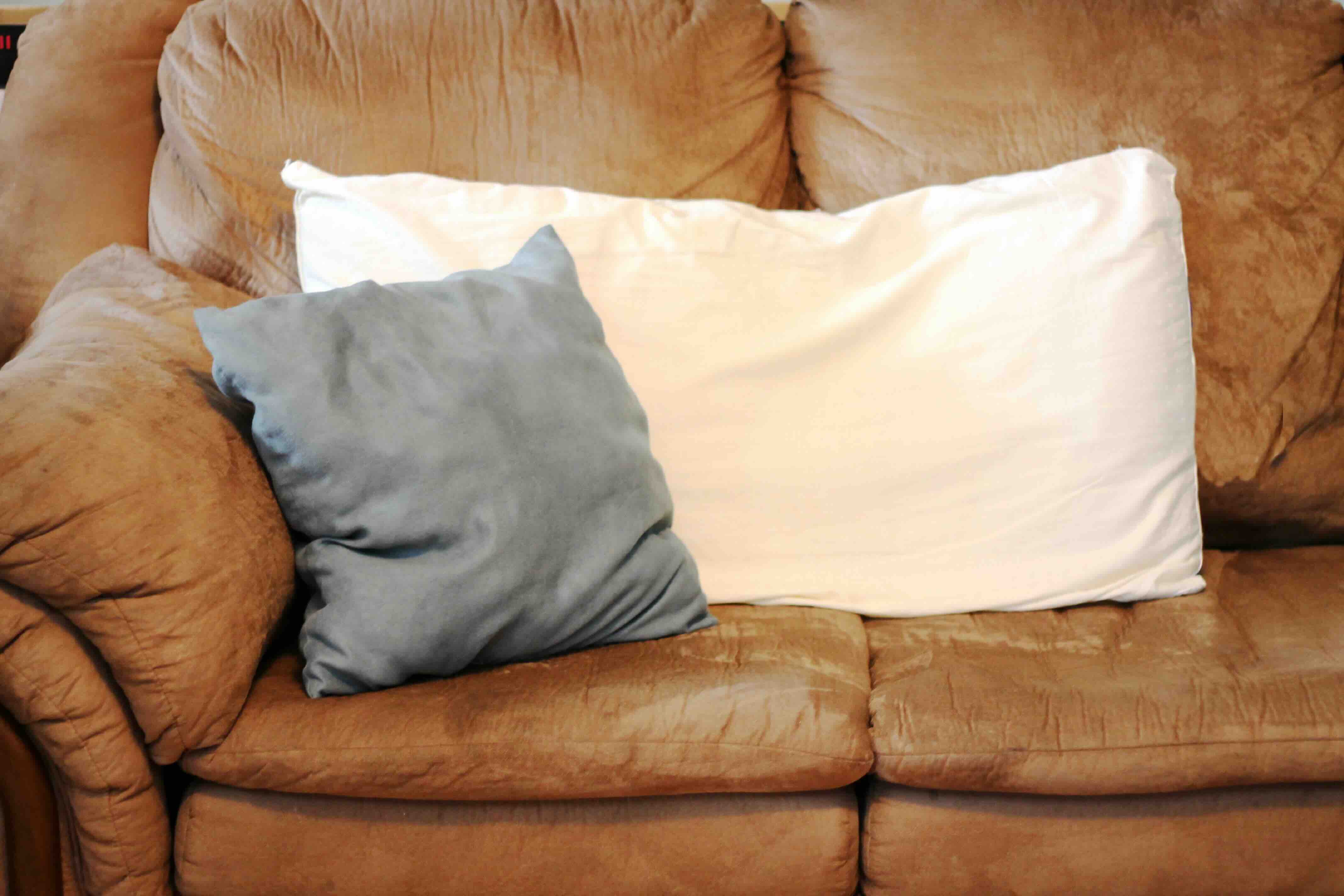
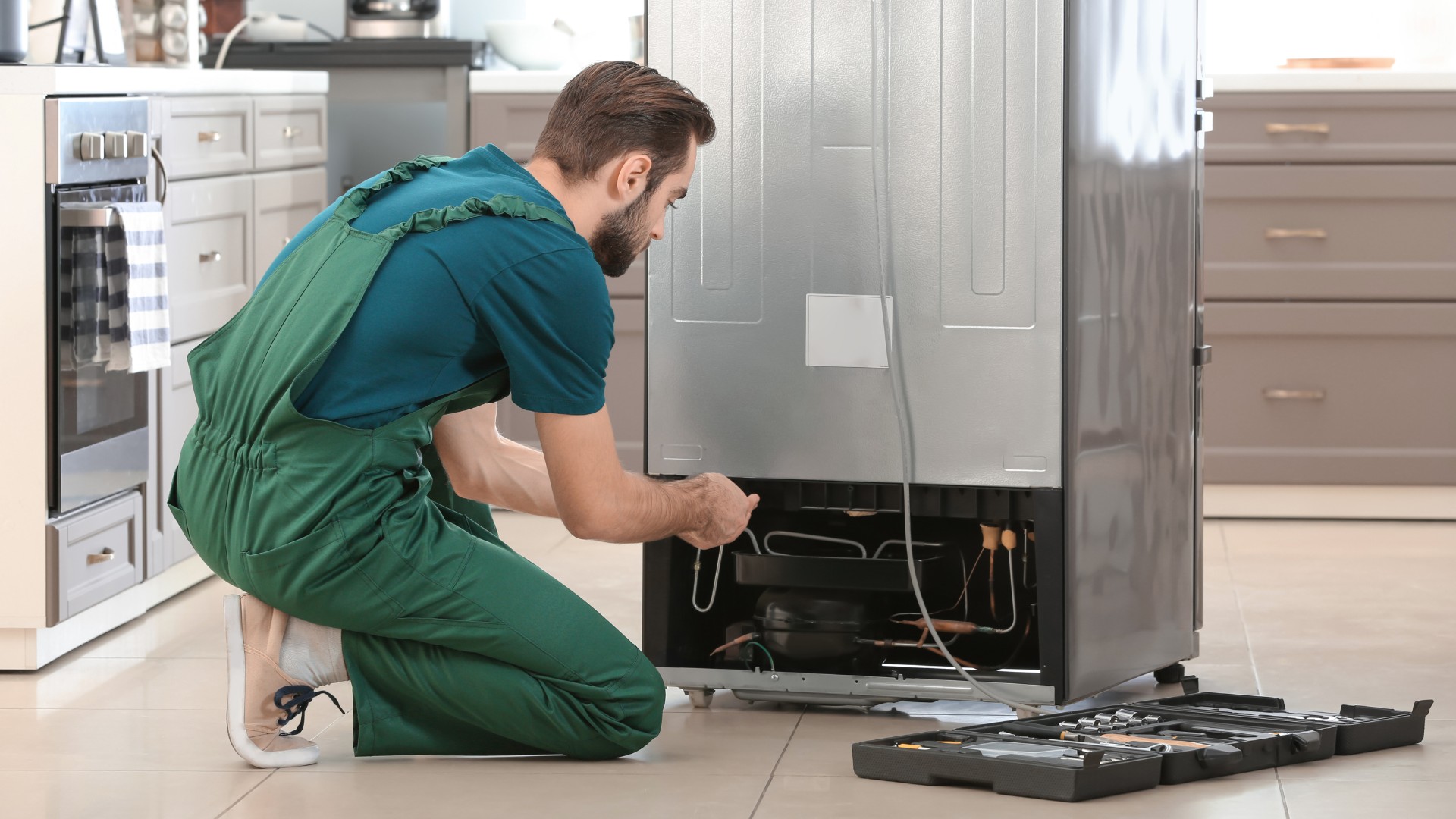


0 thoughts on “How To Remove Toothbrush Bristle From Throat”